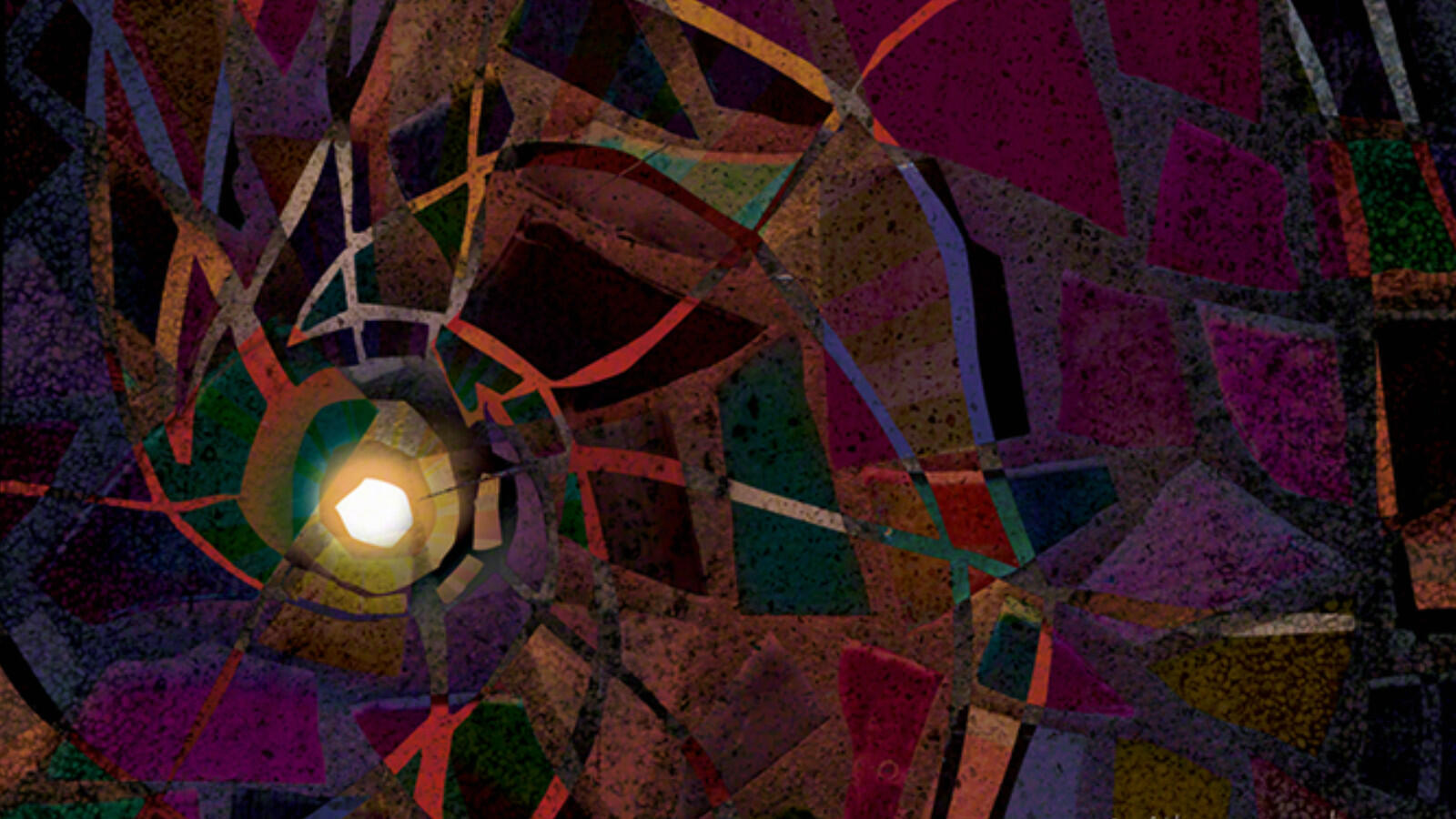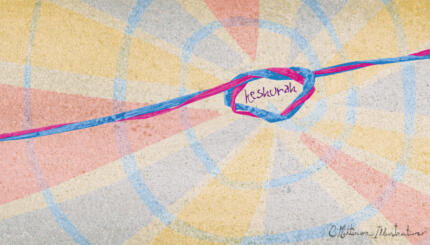Commentary on Parashat Terumah, Exodus 25:1-27:19; Numbers 28:9-15; Exodus 30:11-16
After the thunder and lightning of Mount Sinai, when the people were held at a distance lest they come too close to the Divine presence, God invites them to build a more intimate space where God can dwell among them as they continue their journey through the wilderness. In order to obtain the materials for this mishkan, or portable sanctuary, God says to Moses in Parashat Terumah: “Tell the Israelite people to bring me gifts; you shall accept gifts for me from every person whose heart so moves him.”
The medieval commentator Rashbam notes that the use of the word terumah, or gift, implies that this is something each person is to set aside from their own belongings. But as much as these gifts are supposed to come from the heart, it is not only the thought that counts. God is very specific about what is required: “These are the gifts that you shall accept,” God says. “Gold, and silver, and copper; blue, and purple, and crimson yarns; fine linen, and goat’s hair; tanned ram skins, dolphin skins, and acacia-wood, [along with oil, and spices, and incense].”
One of these things is not like the others. Yarn, ram skins, wood, incense — all of these make sense. But dolphin skins? Where on earth are the Israelites supposed to find dolphin skins in the middle of an arid wilderness?
The word that is translated as dolphin here is tachash. Rashi says the tachash is a multicolored animal. It’s called a “joy-color” in one ancient translation because it’s so proud of its many colors. According to the Talmud, the tachash has one horn on its forehead, and it comes to Moses’s hand just for the occasion, and then it disappears.
With your help, My Jewish Learning can provide endless opportunities for learning, connection and discovery.
Upon receiving the list of materials, I imagine the Israelites saying, “OK, we’re all good on the copper and the goat’s hair, but if you think we’re going hunting for a rainbow unicorn, you have got to be kidding.” But remember, the gifts are supposed to be from their own belongings. They aren’t supposed to go hunt for the unicorn. They are being told that they already have it. All they have to do is offer it up.
When I first realized this, I immediately thought of my mother, who does not part with things easily. She is convinced that this ribbon, or button, or magazine is going to be just the thing that we need some day. If my mother were there when God made this request for the tachash, she would no doubt run off and come back with a rainbow unicorn that she had been keeping in her purse, just in case.
This is exactly how Rabbi Irwin Keller pictures the Israelites in the desert. He imagines “these poor children of Israel, carrying with them not only obviously precious items, but also odd and awkward items, which at the time they were packed were of no particular use. Hidden gifts, schlepped through the wilderness. Or not quite gifts, but gifts in potentia. Bric-a-brac, awaiting the chance to become holy regalia.”
We all have gifts, of course. Some of us have talent in music or art, or a knack for spreadsheets. These gifts, writes Keller, are our gold and silver. “But remember, the Mishkan was not only built out of gold and silver. There is also acacia wood, and unicorn skins, that have been lugged around, awaiting the opportunity to be useful.”
So Keller challenges us to look beyond our obvious gifts: “What’s the one gift that you have not offered yet? The one no one knows you carry. The one you might not even have thought of as a gift. The one that’s just been waiting. And ask yourself, ‘When will I offer it?’ When will you use it to build a Mishkan, to make this world a holier place?”
I would take Keller’s suggestion one step further, and suggest that we can’t always identify our gifts on our own. We are so used to defining ourselves by our particular roles — as lawyers or accountants, parents or caregivers — that we may not know that we also carry with us gifts of leadership, listening, or creativity. Just as we cannot perceive the rainbow contained within a ray of light until it is refracted through a prism, sometimes we can only identify our own gifts when they are reflected back to us through another’s eyes.
A few verses after identifying the acceptable material for the construction of the mishkan, God says that the ark that will hold the stone tablets containing God’s covenant with the people should be topped by two gold-winged figures, the cherubim. The cherubim are to “confront one another” — ish el achiv, God says, literally like a man to his brother. And it is between these two faces that God promises to make God’s presence known. How fitting that at the heart of this communal building project, which will take the gifts of everyone’s hearts, God will appear between two precious faces placed across from one another as though in conversation.
To identify our most precious, hidden gifts we need to spend some time face to face with our fellow community builders, to listen deeply and with curiosity, open to the possibility we will find a unicorn hiding in the pocket of the person across from us. And when we find one, to reflect back what we see. Because nothing feels better than someone else pointing out a gift that you didn’t know you had.
This, ultimately, is the recipe for building a community — to see one another and allow ourselves to be seen. In this way we can help one another find the hidden gifts we each hold, and then share them with open and generous hearts, allowing God’s presence to shine through and fill the space between us.
Read this Torah portion, Exodus 25:1 – 27:19 on Sefaria
You May Also Like:
Sign up for our “Guide to Torah Study” email series and we’ll guide you through everything you need to know, from explanations of the major texts to commentaries to learning methods and more.
Subscribe to A Daily Dose of Talmud: Daf Yomi for Everyone — every day, you’ll receive an email that offers an insight from each page of the current tractate of the Talmud. Join us!
About the Author: Rabbi Nicole Auerbach is the director of congregational engagement at Central Synagogue in New York. Ordained by Hebrew Union College, Rabbi Auerbach is the author, with Dr. Ron Wolfson and Rabbi Lydia Medwin, of The Relational Judaism Handbook, which offers a step-by-step guide to building deeper relationships within Jewish communities and institutions.



